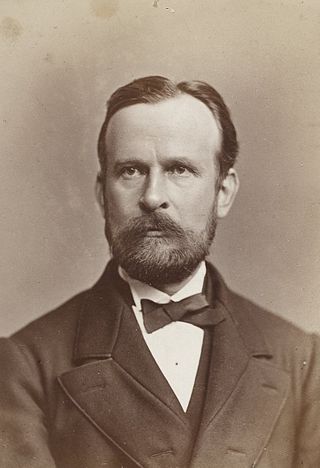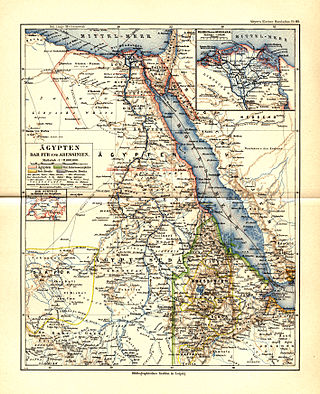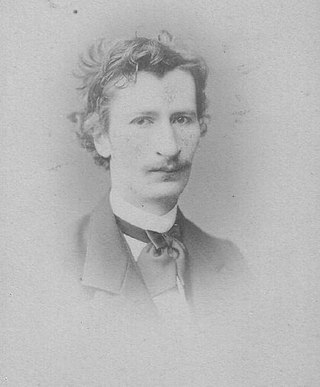
Heinrich Kiepert was a German geographer.

Carl Ritter was a German geographer. Along with Alexander von Humboldt, he is considered one of the founders of modern geography. From 1825 until his death, he occupied the first chair in geography at the University of Berlin.

Karl Hermann Johannes Thiele was a German zoologist specialized in malacology. Thiele was born in Goldap, East Prussia. His Handbuch der systematischen Weichtierkunde is a standard work. From 1904 until his retirement in 1925 he was the curator of the malacological collection at the Museum für Naturkunde in Berlin. Thiele described more than 1.500 new species of molluscs; until today their types are deposited with the Museum of Natural History in Berlin. Especially important are his works on the Mollusca of the First German Antarctica Expedition and of the German Deep Sea Expedition aboard the vessel Valdivia.

Ferdinand Freiherr von Richthofen, better known in English as Baron von Richthofen, was a German traveller, geographer, and scientist. He is noted for coining the terms "Seidenstraße" and "Seidenstraßen" = "Silk Road(s)" or "Silk Route(s)" in 1877. He also standardized the practices of chorography and chorology. He was an uncle of the World War I flying ace Manfred von Richthofen, best known as the "Red Baron".

Eduard von Martens also known as Carl or Karl Eduard von Martens, was a German zoologist.

Hermann Schaaffhausen was a German anatomist, anthropologist, and paleoanthropologist.

Mathias Caspar Hubert Isenkrahe was a German mathematician, physicist and Catholic philosopher of nature.

Albert Grünwedel was a German Indologist, Tibetologist, archaeologist, and explorer of Central Asia. He was one of the first scholars to study the Lepcha language.

Carl Heinrich Michael Ribbe was a German explorer and entomologist.
Georg Adolf Otto Wüst was a German oceanographer. His pioneering work on the Atlantic Ocean provided a new view of the motions of water masses between the northern and southern hemispheres and the first evidence of the concentration of water mass spreading in western boundary currents.
The Gesellschaft für Erdkunde zu Berlin was founded in 1828 and is the second oldest geographical society.
Gustav Reinhold Röhricht was a German historian of the Crusades.
German Society for Aeronautics and Astronautics is a German aerospace society. It was founded in 1912 under the name of Wissenschaftliche Gesellschaft für Flugtechnik (WGF). It is the second oldest technical and scientific society in aerospace in the world.

Carl Theodor Hermann Steudner was a botanist and an explorer of Africa.

Hans Paul Bernhard Gierke was a German anatomist who was a native of Stettin.

Herbert Wilhelmy was a German geographer. Wilhelmy has made significant impact in the area of Latin American regional geography, with a focus on climatic geomorphology and, especially, morphogenetic urban geography.
Helmut Karl Otto Beumann was a German historian.
Alexander Sadebeck was a German geologist and mineralogist. He was a brother of botanist Richard Sadebeck (1839–1905).
Hans Schmidt was a German musicologist.
Nikolaus Creutzburg was a German geographer.











